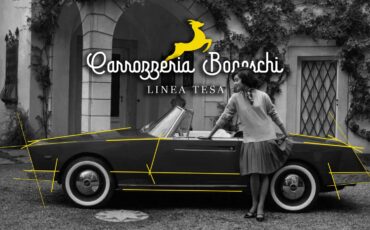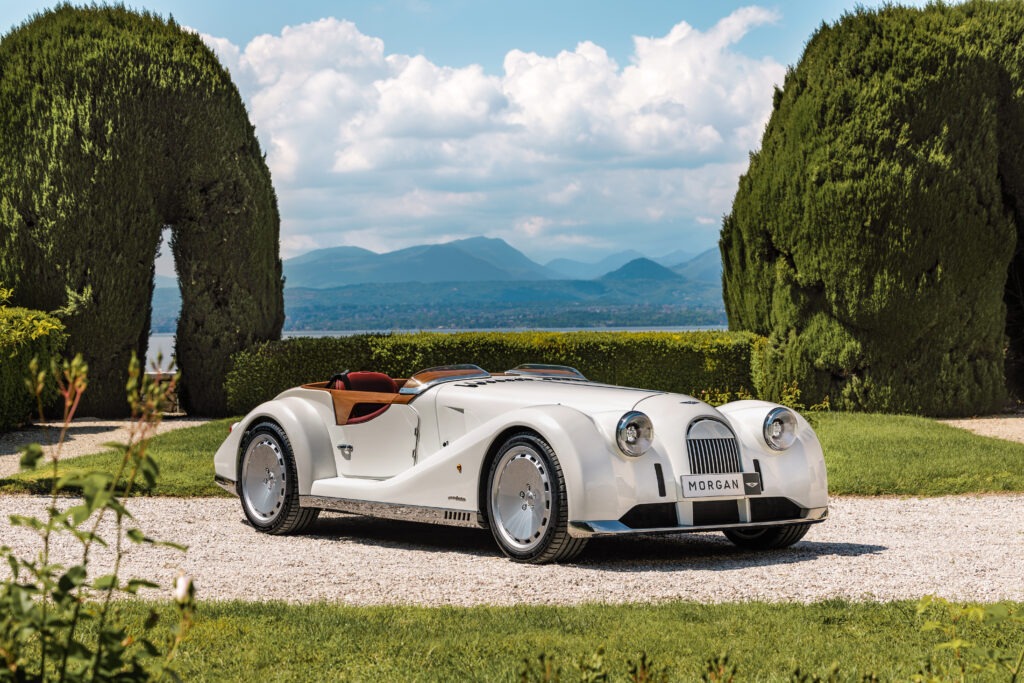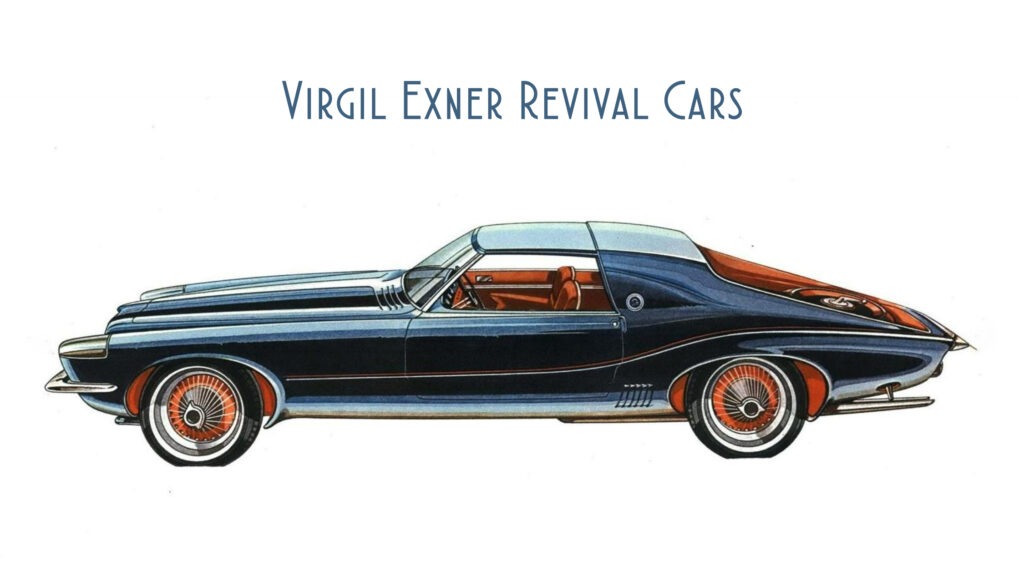
In the rich tapestry of automotive history, few individuals have left as profound a mark as Virgil Exner. Revered for his visionary designs and groundbreaking concepts, Exner’s legacy continues to inspire generations of automotive enthusiasts and designers alike. Among his many contributions to the world of automobiles, one of the most intriguing chapters is undoubtedly his series of “Revival Cars” – a collection of designs that breathed new life into classic marques from bygone eras.
The Genesis of Exner's Revival Cars
Exner’s fascination with automotive history and innovative design led to the concept of “Revival Cars” in the early 1960s. Inspired by classic automobiles’ timeless elegance, Exner and his son, Virgil Exner Jr., collaborated to reimagine iconic marques for the modern era. The Plymouth XNR, crafted by Carrozzeria Ghia, likely served as a precursor to Exner’s vision. His goal was to honor automotive legends while pushing design and engineering boundaries. The Revival Cars concept blended nostalgia with innovation, capturing the spirit of classic automobiles while charting a course toward the future.
The Bugatti T101C Roadster Ghia: A Fusion of Legends
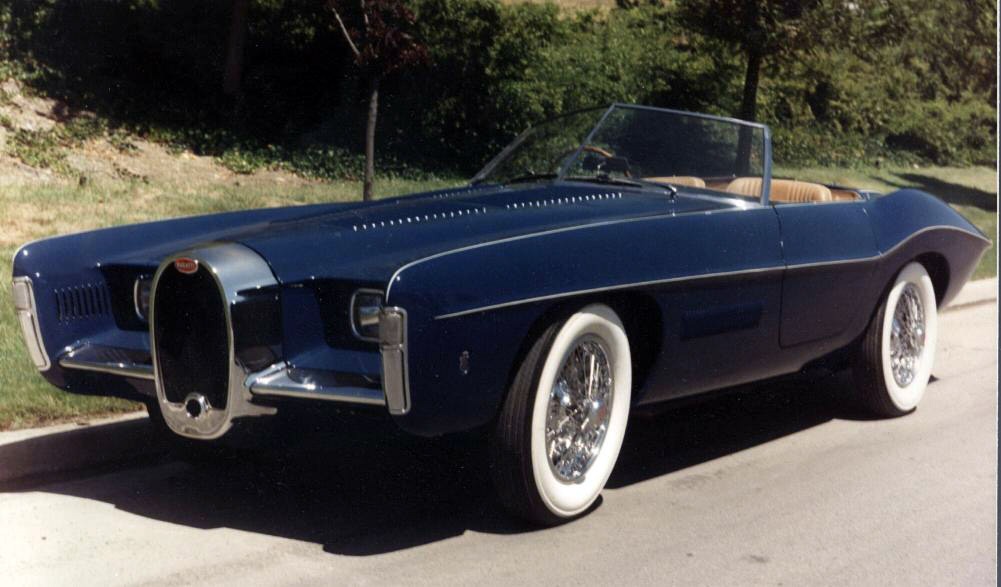
One of Exner’s crowning achievements in the realm of automotive design was the Bugatti T101C Roadster Ghia. Conceived in 1966, this masterpiece was the result of a collaboration between Exner, Bugatti, and the esteemed coachbuilder Ghia. With its sleek lines, graceful curves, and exquisite detailing, the T101C Roadster Ghia captured the essence of Bugatti’s storied legacy while incorporating Exner’s signature flair.
Constructed on a shortened Bugatti chassis and powered by a potent engine, the T101C Roadster Ghia was a testament to Exner’s meticulous attention to detail and his unwavering commitment to craftsmanship. Its debut at the Turin Auto Salon in 1965 marked a triumphant moment in automotive history, showcasing the timeless allure of Exner’s Revival Cars.
The Duesenberg Model D: A Resurrected Icon
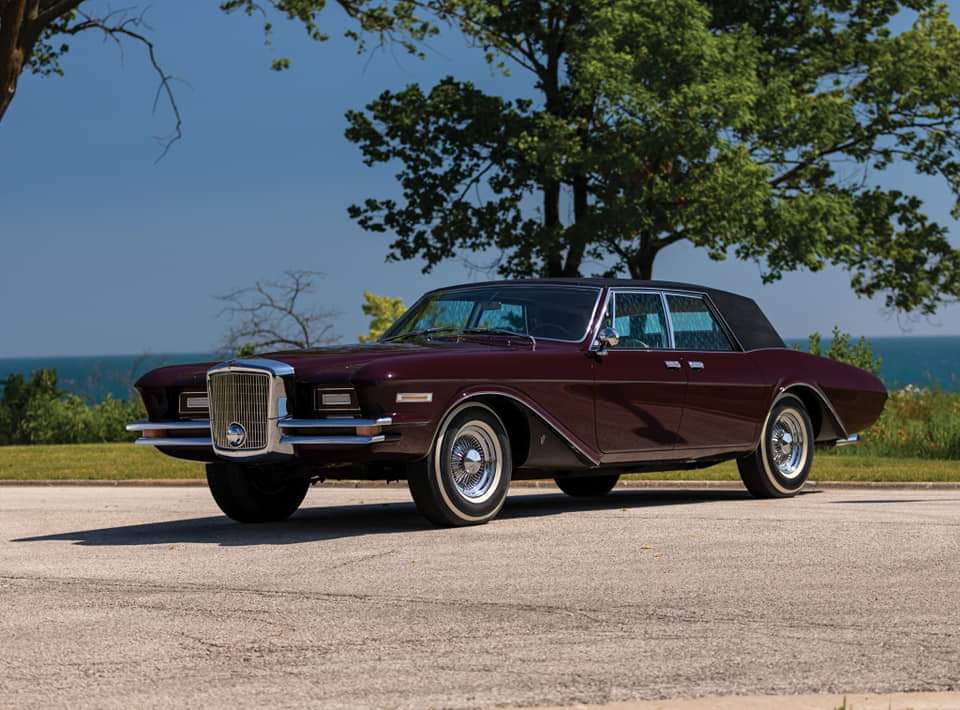
In a bold nod to the golden age of luxury motoring, Exner conceived the Duesenberg Model D in 1966, resurrecting the iconic marque with modern sensibilities. Partnering with Carrozzeria Ghia, Exner breathed new life into the Duesenberg legacy, blending classic styling cues with contemporary engineering.
Featuring a potent V-8 engine, sumptuous coachwork, and a host of luxurious amenities, the Model D promised to uphold Duesenberg’s tradition of excellence. Despite garnering significant interest from automotive enthusiasts and celebrities alike, the project ultimately succumbed to financial challenges, leaving behind a tantalizing glimpse of what might have been.
The Mercer-Cobra Roadster: A Fusion of Tradition and Innovation
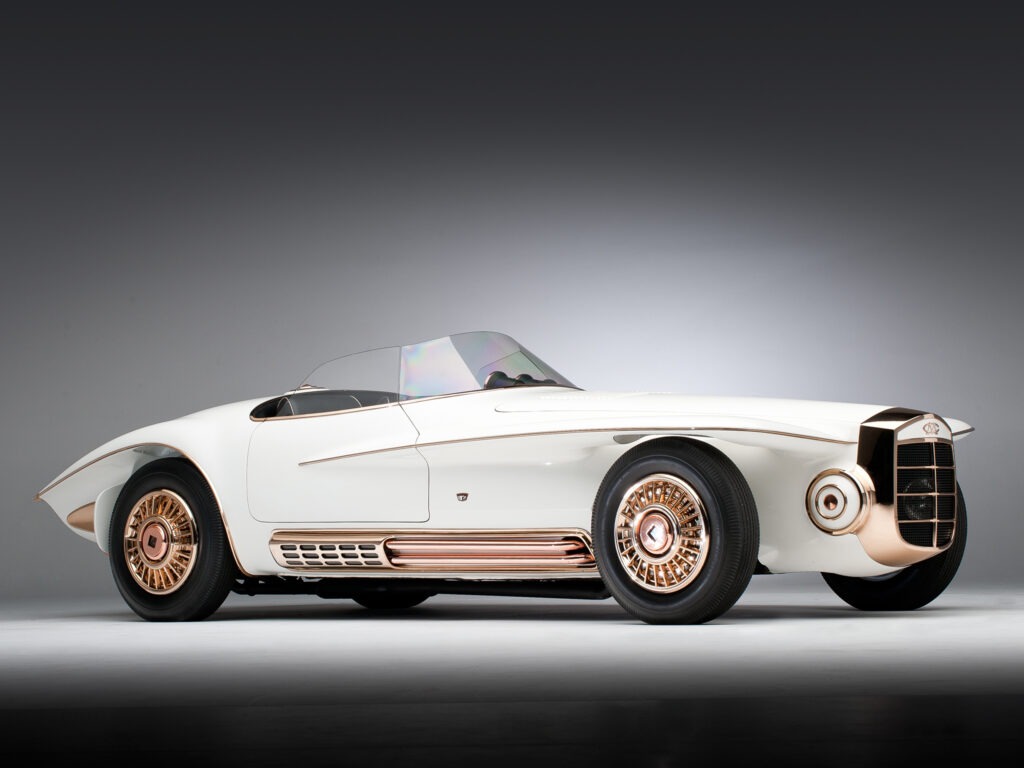
Exner’s reverence for automotive history found expression in the Mercer-Cobra Roadster, a fusion of classic aesthetics and modern performance. Drawing inspiration from the timeless designs of yesteryear, Exner and his son embarked on a quest to reimagine the iconic Mercer for a new generation.
Teaming up with Caroll Shelby and Carrozzeria Sibona-Basano, Exner realized his vision with meticulous attention to detail. Adorned with brass and copper accents, the Mercer-Cobra Roadster evoked the glamour of a bygone era while embracing contemporary engineering principles. Though its production was limited, its legacy endures as a testament to Exner’s enduring influence on automotive design.
Stutz Blackhawk: The Epitome of Luxury and Exclusivity
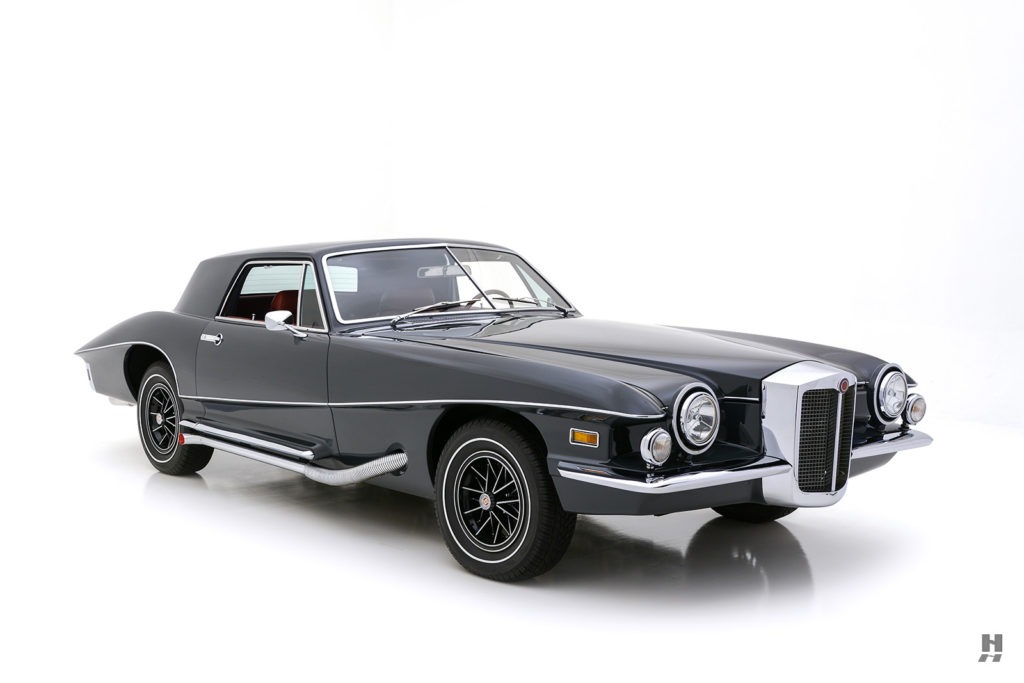
Exner’s penchant for revivalism reached its zenith with the Stutz Blackhawk, a modern reinterpretation of the iconic American marque. Partnering with investor James O’Donnell, Exner set out to resurrect Stutz’s legacy with a blend of American power and Italian craftsmanship.
The result was a breathtaking grand tourer, characterized by its distinctive split-windshield design and luxurious appointments. Handcrafted by Carrozzeria Padane using Pontiac Grand Prix chassis, the Stutz Blackhawk epitomized exclusivity and sophistication. Though its initial production run was limited, its impact reverberated throughout the automotive world, cementing Exner’s status as a visionary designer.
Legacy and Impact
In conclusion, Virgil Exner’s “Revival Cars” stand as a testament to his enduring legacy and innovative spirit. By reimagining classic automobiles for the modern era, Exner paid homage to automotive legends while pushing the boundaries of design and engineering. Though his creations may have been few in number, their influence continues to resonate, inspiring generations of designers and enthusiasts alike. Exner’s Revival Cars remain an enduring tribute to the timeless allure of automotive craftsmanship and the enduring appeal of classic design.

